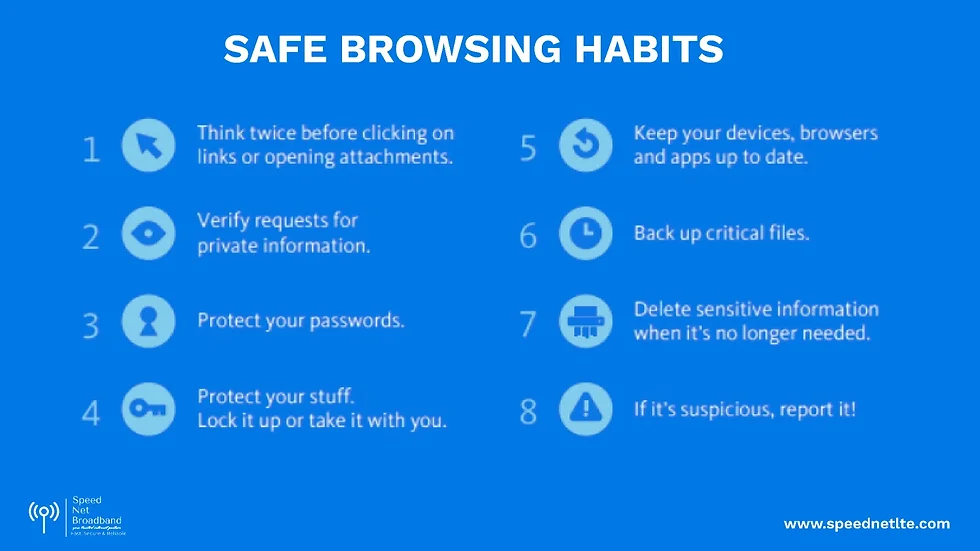Protect your Privacy Online
"A comprehensive guide to securing your online presence and protecting your digital privacy"
By Nithish Khanna
01/01/2025
In the digital age, safeguarding your online privacy is not just a luxury—it's a necessity. From social media to online shopping, our daily activities generate vast amounts of personal data that can be vulnerable to breaches and misuse. This guide offers practical steps to secure your online presence.
1. Create Strong, Unique Passwords

A strong password is your first line of defense against unauthorized access. Follow these guidelines:
- Mix uppercase and lowercase letters
- Include numbers and special characters
- Use at least 12 characters
- Consider using a password manager
2. Activate Two-Factor Authentication (2FA)

Even if your password is compromised, 2FA ensures account security by requiring a second verification form, such as:
- Text message codes
- Authentication apps
- Biometric verification
3. Exercise Caution on Public Wi-Fi

Public networks pose significant risks to your privacy. Key protective measures include:
- Using a VPN for encrypted connections
- Avoiding sensitive transactions
- Being selective about network connections
4. Review Social Media Privacy Settings

Take control of your social media presence:
- Regularly update privacy settings
- Control who sees your content
- Limit personal information sharing
- Maintain separate personal and professional accounts
5. Stay Alert for Phishing Scams

Common phishing red flags include:
- Urgent or alarming messages
- Suspicious links or attachments
- Requests for sensitive information
- Unusual sender addresses
6. Keep Software Up-to-Date
Regular updates protect against vulnerabilities:
- Operating system patches
- Application updates
- Security software maintenance
7. Adopt Secure Browsing Practices

Enhance your browsing security:
- Use privacy-focused browsers
- Enable "Do Not Track"
- Clear browsing history regularly
- Be cautious with downloads
8. Limit Personal Information Online

Be mindful of sharing:
- Birthdate and address
- Phone numbers
- Financial details
- Location data
9. Install Trusted Security Software

Protect your devices with:
- Reputable antivirus software
- Anti-malware protection
- Regular system scans
- Firewall monitoring
10. Stay Proactive

Maintain ongoing vigilance:
- Keep informed about new threats
- Regularly review security practices
- Update protection measures
- Educate family members
Final Thoughts
Online privacy requires constant attention and proactive measures. By implementing these steps, you can significantly enhance your digital security and protect your personal information from potential threats.
Remember: Privacy is not just about protecting yourself—it's about creating a safer digital environment for everyone.